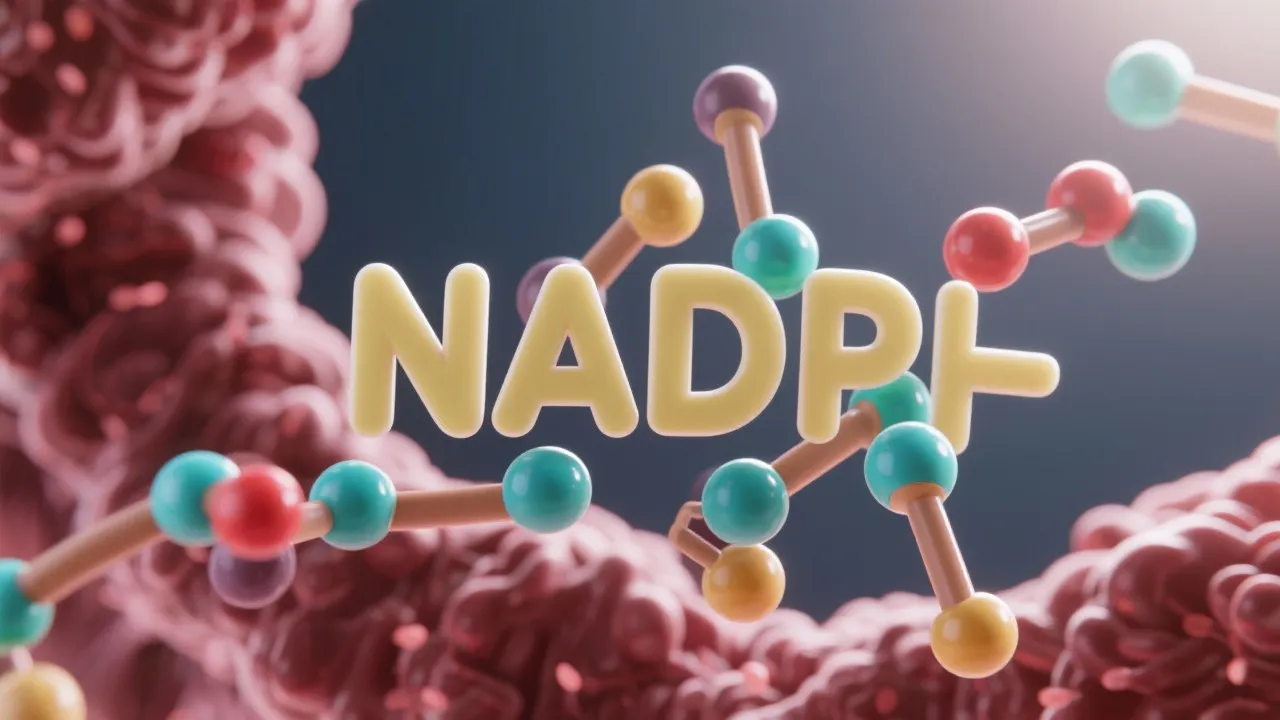Insights into HBV RT Research
This article delves into the intricacies of HBV RT (Hepatitis B Virus Reverse Transcriptase), a pivotal enzyme in the lifecycle of the Hepatitis B virus. By examining its structure and function, scientists aim to develop targeted therapies that can suppress or inhibit HBV replication, providing hope for millions affected by chronic hepatitis B globally. This comprehensive analysis offers expert insights into current advancements and future prospects in HBV RT-focused research.

Exploring the Role and Importance of HBV RT in Virology
The study of Hepatitis B Virus Reverse Transcriptase (HBV RT) is crucial in the field of virology, given its significant role in the replication cycle of the Hepatitis B virus (HBV). HBV RT is an enzyme responsible for converting the viral RNA into DNA, a process essential for the viral replication and persistence within the host cells. Understanding the mechanics of HBV RT allows for the development of antiviral drugs designed to inhibit its activity, thus preventing the replication of the virus. Moreover, because Hepatitis B is a public health issue affecting millions worldwide, finding effective treatments for disrupting its lifecycle is foundational to managing and ultimately eradicating this virus.
Understanding HBV RT and its Mechanisms
HBV replicates through a unique reverse transcription process, which is atypical for DNA viruses. In this process, HBV RT acts as a catalyst that converts viral pregenomic RNA into relaxed circular DNA, a crucial step in the virus’s replication cycle. The ability of HBV RT to facilitate this transformation makes it the primary target for many antiviral drugs currently in development. Researchers continually study the enzyme's structure to identify sites amenable to targeted therapeutic intervention. Additionally, understanding HBV RT involves exploring various steps in the viral lifecycle, including the encapsidation of the RNA genome and the utilization of host cellular machinery for viral replication. HBV's unique replication strategy, characterized by its use of reverse transcription, distinguishes it from other hepatotropic viruses, necessitating focused research into its enzymatic functions.
Latest Advances in HBV RT Inhibitors
Several inhibitors targeting HBV RT have been developed, with some already in clinical use or trials. These include nucleoside analogs like lamivudine and tenofovir, which effectively obstruct the enzyme’s activity. The ongoing research focuses on enhancing these compounds' efficacy and overcoming resistance, a frequent hurdle in good antiviral treatment. Adjunct studies are examining combination therapies to combat resistance and improve patient outcomes. For instance, clinical trials are exploring the potential of combining HBV RT inhibitors with other agents, such as immune modulators and other classes of antivirals, to create a synergistic effect that enhances overall antiviral efficacy. Furthermore, researchers are investigating the role of patient genetics in drug response to identify individuals who may benefit most from specific therapies.
Impact of Structural Insights on Drug Design
The detailed investigation of the HBV RT structure through methods like X-ray crystallography and cryo-electron microscopy has provided substantial insights into its function and mechanism. These studies have elucidated the three-dimensional structure of HBV RT, revealing potential binding sites for new drug candidates. Advances in structural biology have allowed for high-resolution mapping of the active site and allosteric sites, which can be exploited for high specificity inhibitors. By focusing on these structural features, pharmaceutical research is advancing toward more effective and specific inhibitors, offering hope for HBV suppression and improved clinical responses. Furthermore, structure-guided drug design approaches are contributing to the rapid iteration of compound optimization, where computer-aided molecular docking and screening increase the likelihood of developing potent HBV RT inhibitors. This synergy between computational techniques and laboratory testing is a hallmark of modern drug discovery.
Challenges and Opportunities in HBV RT Research
Despite progress, the development of HBV RT inhibitors faces several challenges. One major issue is the enzyme's high mutation rate, which can lead to drug resistance. Addressing this requires innovative strategies to enhance the potency and breadth of inhibitors. The integration of computational modeling and molecular dynamics simulations provides a promising approach to predict resistance patterns and guide the design of next-generation therapies. Additionally, understanding the genetic variability of HBV populations globally can inform treatment strategies, as different genotypes may show varying responses to existing drugs. Ongoing surveillance and genomic studies are crucial for staying ahead of potential resistance developments.
| Aspect | Current Insights | Future Prospects |
|---|---|---|
| Molecular Structure | Three-dimensional mapping has improved drug targeting. | Refinement of structural models for enhanced therapy design. |
| Drug Resistance | Mutations leading to resistance remain a concern. | Development of combination therapies to mitigate resistance. |
| Inhibitor Efficacy | Existing drugs show efficacy but face resistance issues. | Innovative drug designs targeting multiple enzyme sites. |
FAQs about HBV RT
- What is HBV RT?
HBV RT is an enzyme used by Hepatitis B virus to convert its RNA into DNA, a crucial step in virus replication. - Why target HBV RT?
Inhibiting HBV RT can effectively prevent the virus from replicating, offering a strategy for treating Hepatitis B. - What challenges exist in developing HBV RT inhibitors?
Challenges include drug resistance due to viral mutations and the need for higher efficacy in preventive therapies. - How does HBV cause chronic infection?
HBV can integrate into the host genome and persist in the liver, evading the immune response, leading to chronic infection. - Are there any promising new therapies being developed?
Yes, novel gene-editing technologies and immunotherapeutic strategies are being investigated to target HBV more effectively.
Conclusion
The exploration of HBV RT remains a cornerstone of hepatitis research, with potential impacts on therapeutic protocols and outcomes for those affected by HBV. While challenges persist, continuing research promises to unveil more sophisticated strategies to inhibit HBV RT, paving the way for more effective treatments and, ultimately, a cure for Hepatitis B. As our understanding of HBV RT and its role in the viral life cycle deepens, we can anticipate a future where chronic Hepatitis B infections are managed more effectively, decreasing the burden of liver disease on public health systems globally. The commitment to research in this area also highlights the necessity of multidisciplinary approaches combining virology, pharmacology, immunology, and molecular biology to solve one of the most persistent viral infections known to humans.
Future Directions in HBV RT Research
Looking ahead, several promising avenues in HBV RT research deserve emphasis. One significant direction involves the continued examination of the HBV lifecycle through advanced imaging and molecular technologies. Techniques such as single-particle tracking and high-throughput sequencing can provide invaluable data regarding viral dynamics and evolutionary changes, enhancing the understanding of how HBV RT evolves in response to antiviral treatment.
Another exciting area is the potential for therapeutic vaccines. Currently, vaccines exist that can effectively prevent HBV infection, but therapeutic vaccines targeting established infections are being studied. Such vaccines would aim to elicit an immune response strong enough to eliminate the virus from infected individuals or to significantly reduce viral load, improving the overall health of patients.
Furthermore, integration of artificial intelligence (AI) and machine learning into the drug discovery process is poised to revolutionize the development of HBV RT inhibitors. These technologies can analyze vast datasets quickly, identifying hidden patterns in viral genomics that can inform targeted therapy development. By utilizing predictive modeling, researchers can streamline the identification of compounds with high likelihoods of success against HBV RT, expediting the path from discovery to clinical application.
Finally, fostering collaborations between academia, industry, and public health organizations is critical in addressing the gaps in HBV research. Collaborative initiatives can enhance research funding, shared resources, and access to diverse patient populations for clinical trials, ultimately increasing the likelihood of breakthrough innovations in HBV treatment.
The Global Impact of HBV and the Demand for Continued Research
The global impact of Hepatitis B virus is profound, as it remains a leading cause of liver disease worldwide, contributing to significant morbidity and mortality. The World Health Organization reports that approximately 296 million people worldwide are living with chronic HBV infection, with millions more at risk of transmission. This public health burden underscores the urgent need for advancing the current understanding of HBV RT's biology and functionality. In regions where HBV prevalence is highest, efforts must be directed at both prevention and treatment to avert the serious consequences associated with chronic infection, such as cirrhosis and hepatocellular carcinoma.
In this context, the examination of the socio-economic factors that influence HBV transmission and treatment access must also be emphasized. Understanding how health disparities affect infection rates and treatment options in different populations will allow for a more equitable approach to managing HBV on a global scale. Public health campaigns aimed at vaccination, education, and eradication of stigma surrounding Hepatitis B can enhance patient outcomes significantly and promote a broader acceptance of screenings and early interventions.
In summation, the role of HBV RT in virology is not only critical for scientific understanding but also for formulating effective public health strategies. The interplay between laboratory research, clinical practice, and public health must remain a priority to combat the ongoing epidemic of Hepatitis B effectively. With sustained effort and innovation, the future promises a landscape where Hepatitis B, once regarded as a chronic and manageable disease, could be transformed into a preventable and curable infection for all affected individuals.





